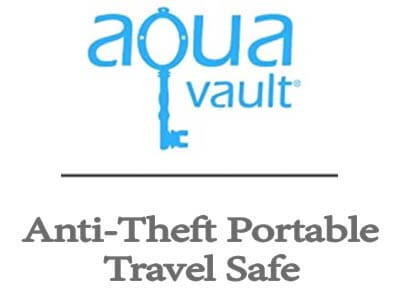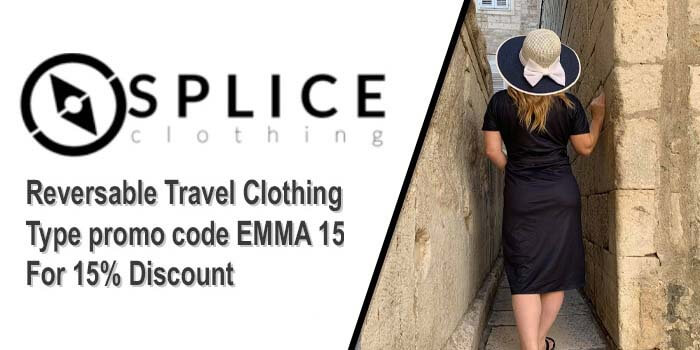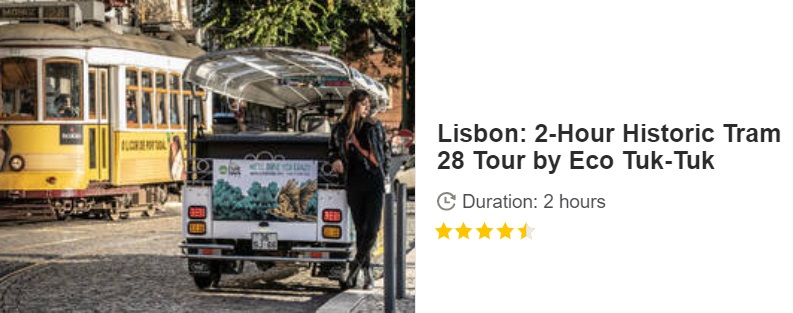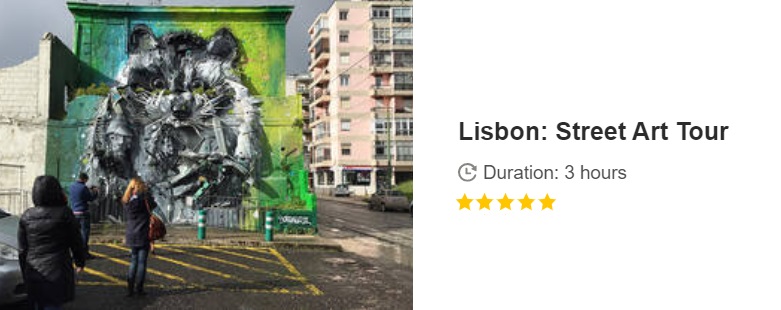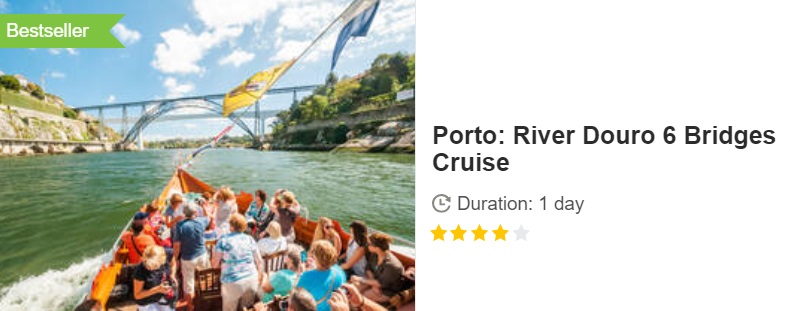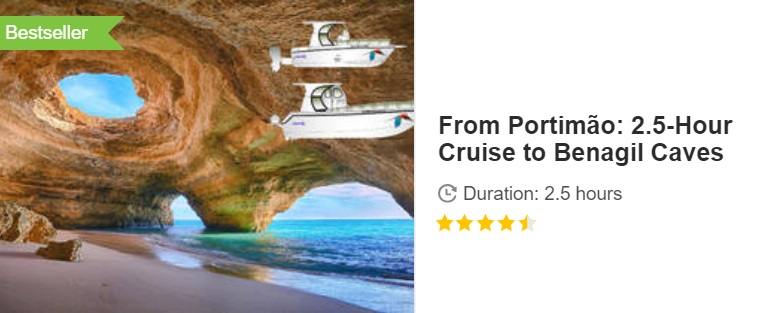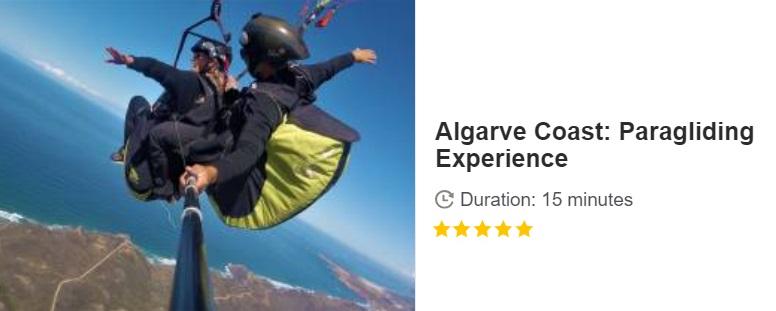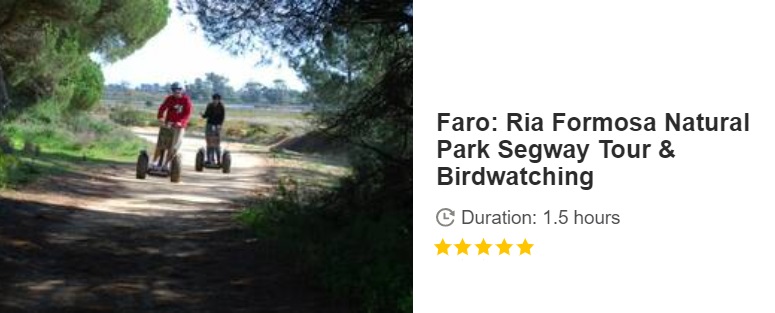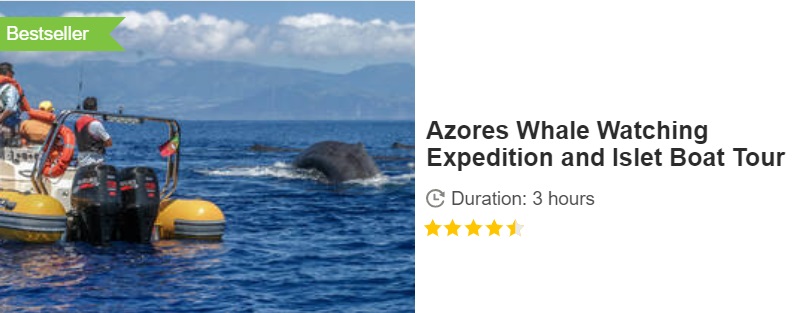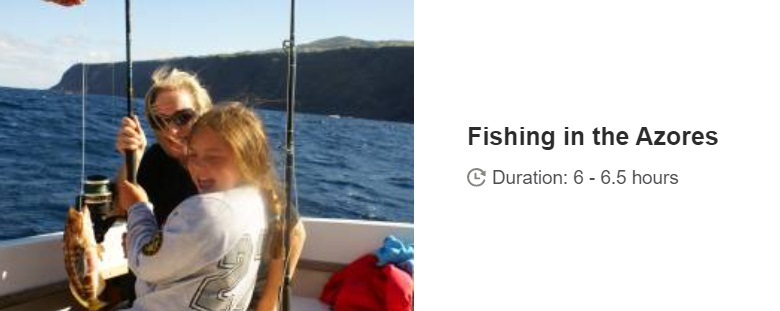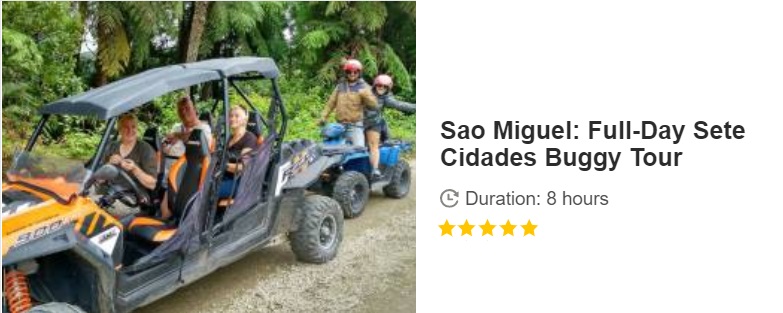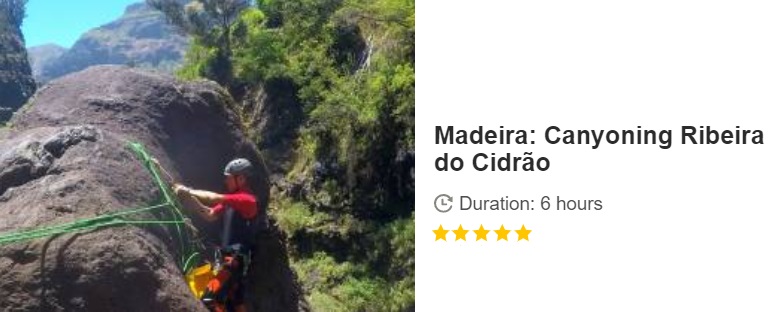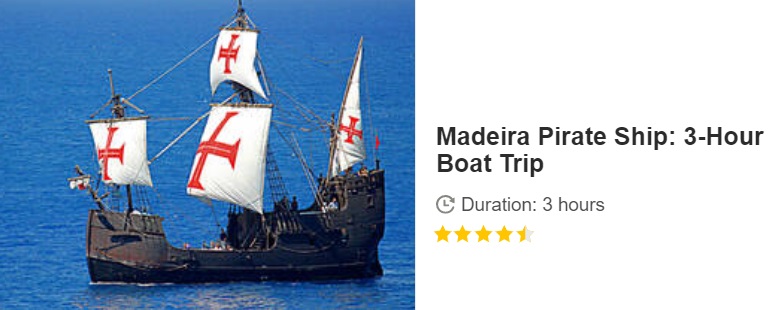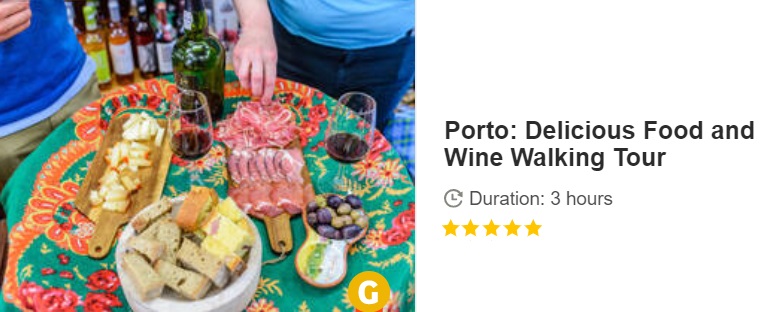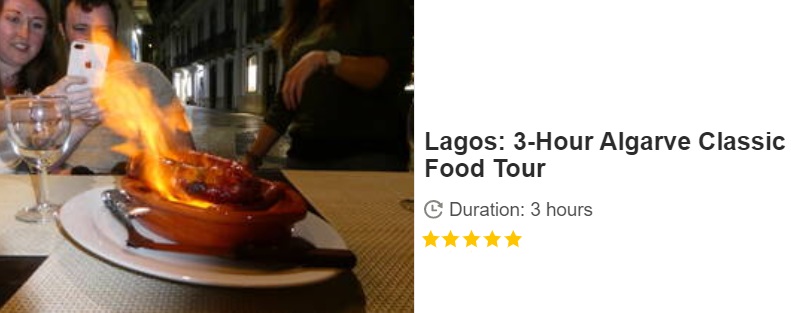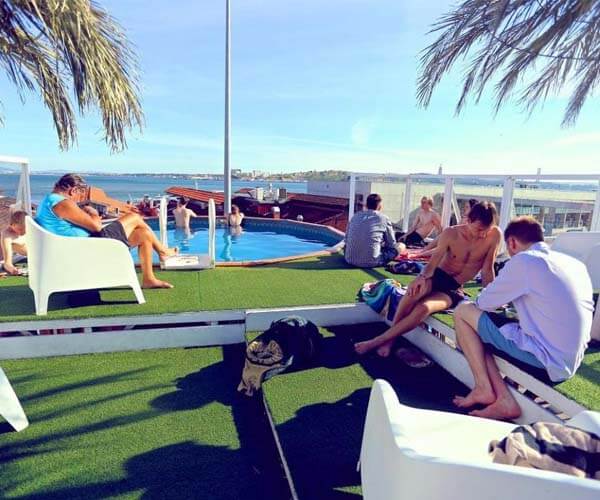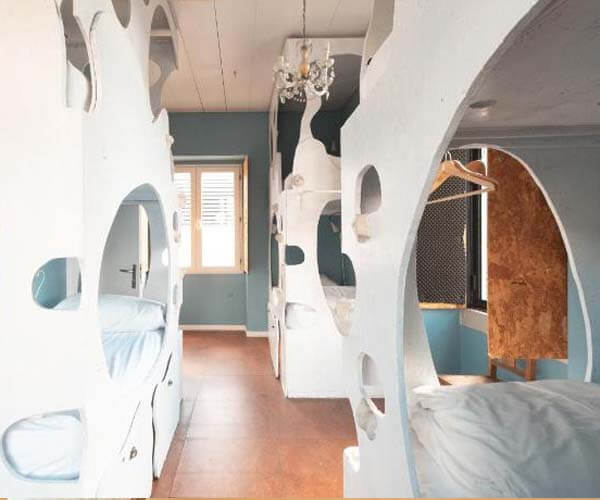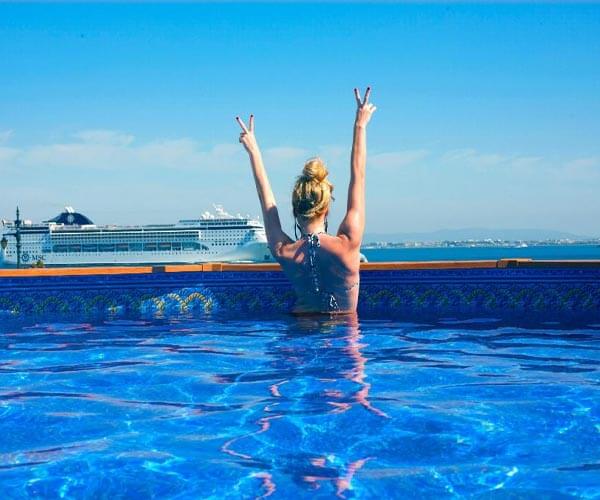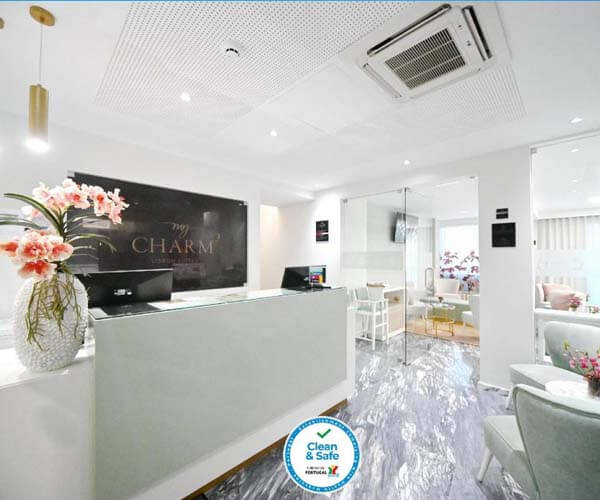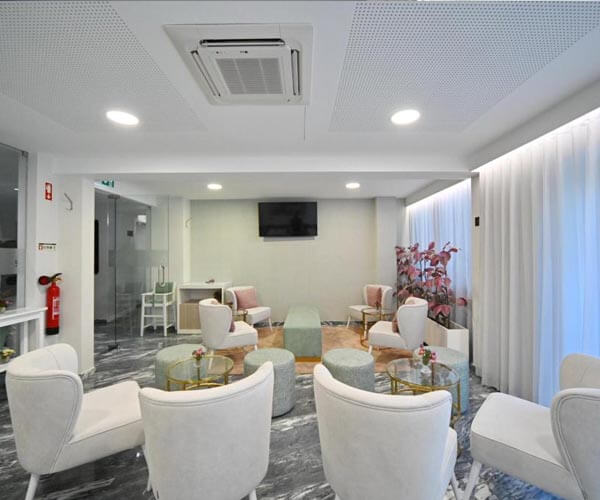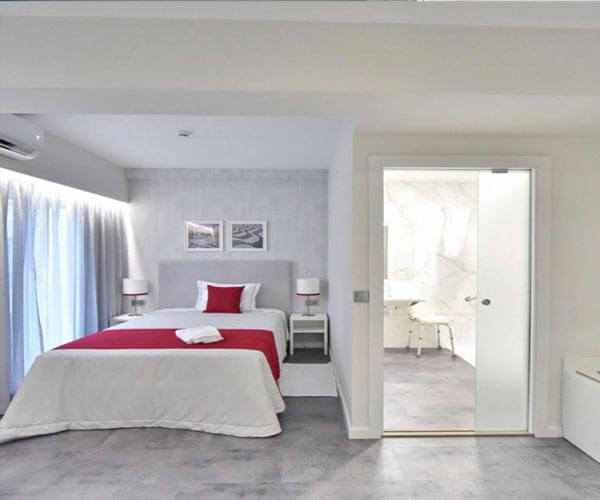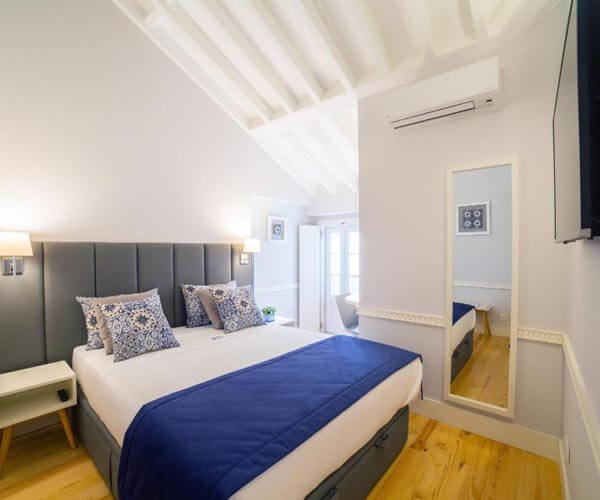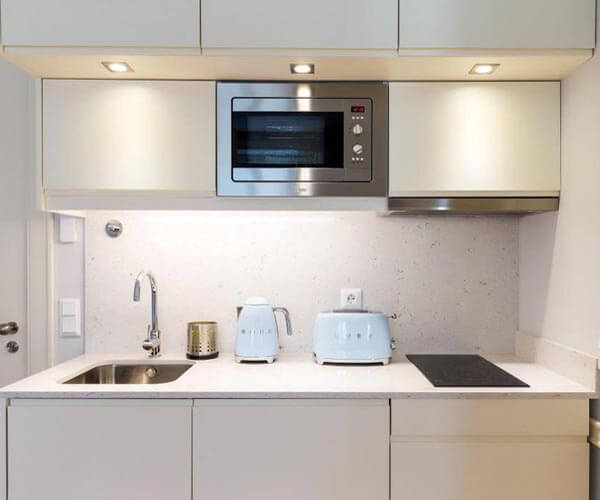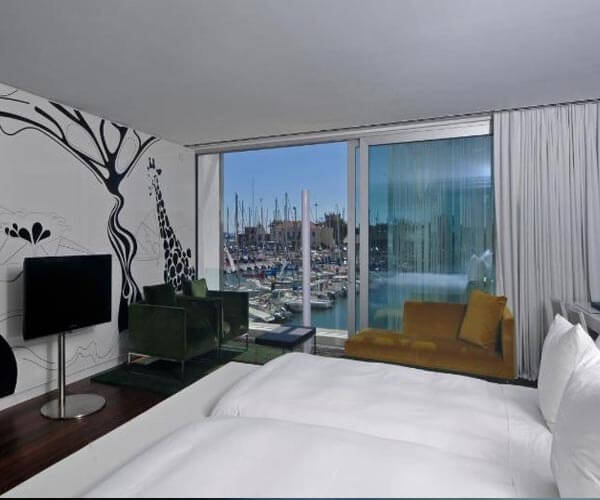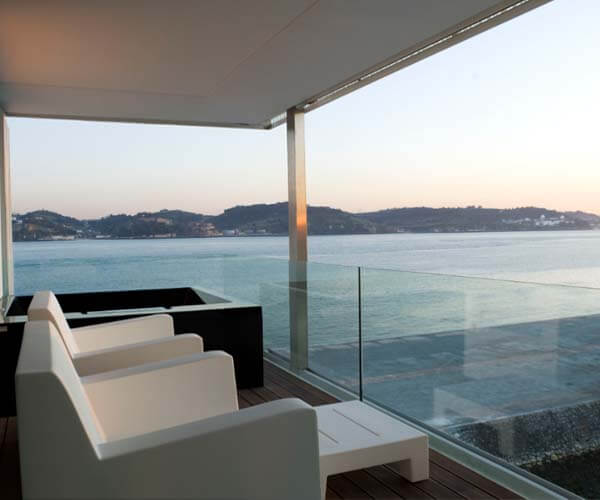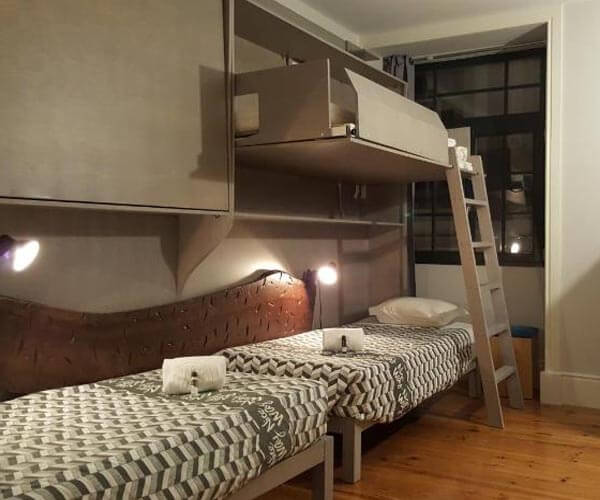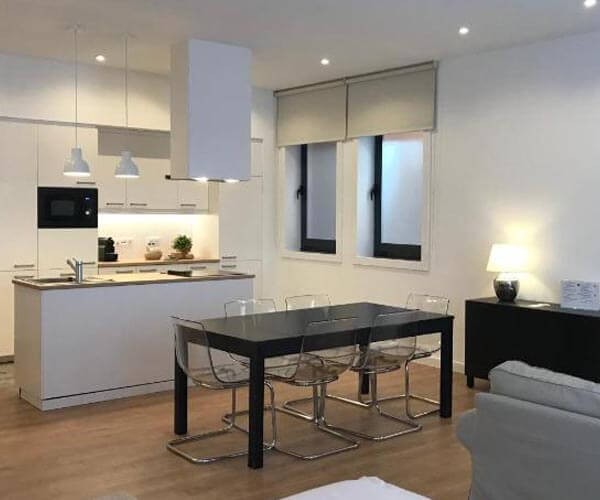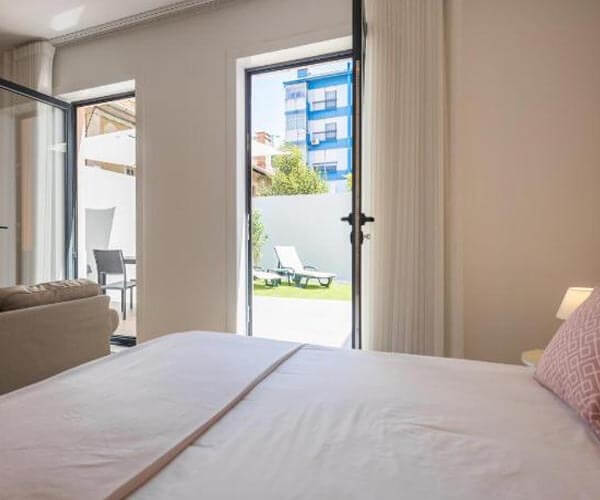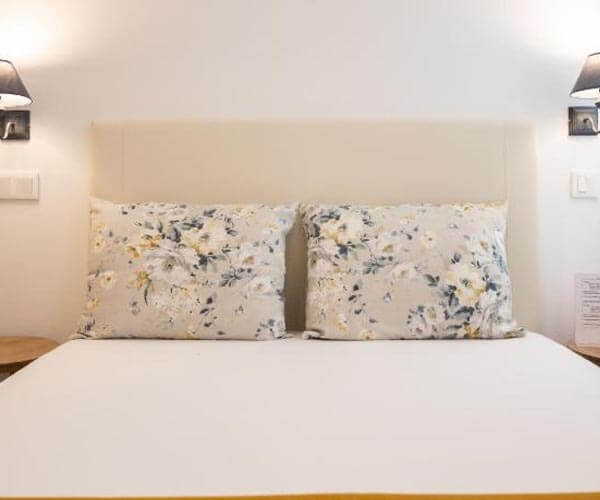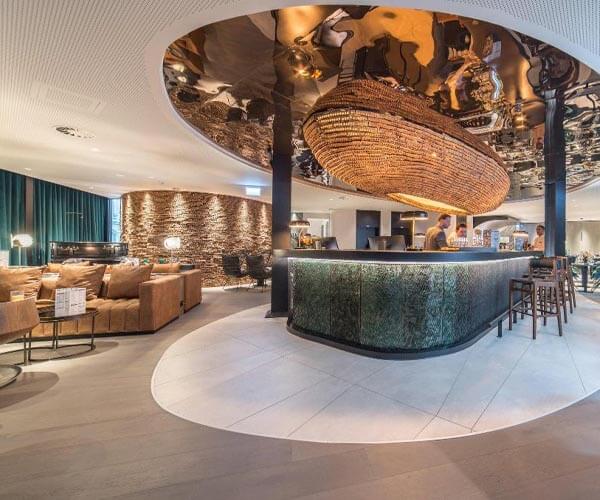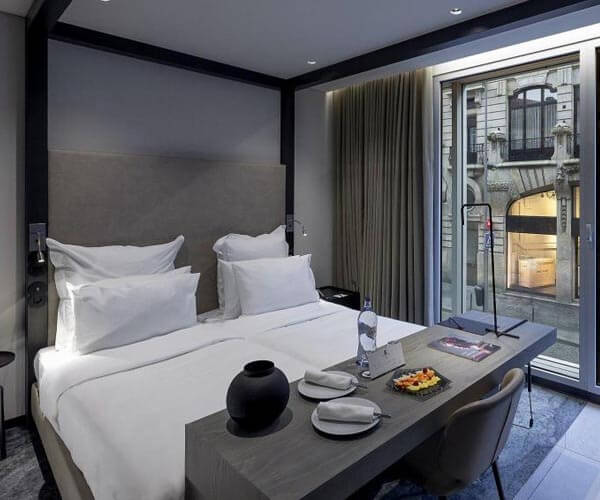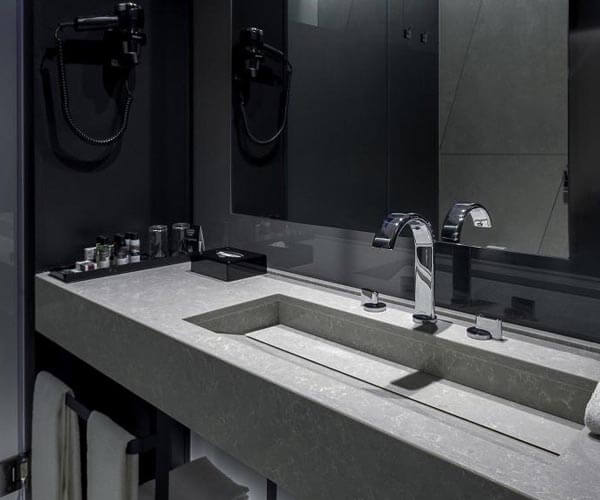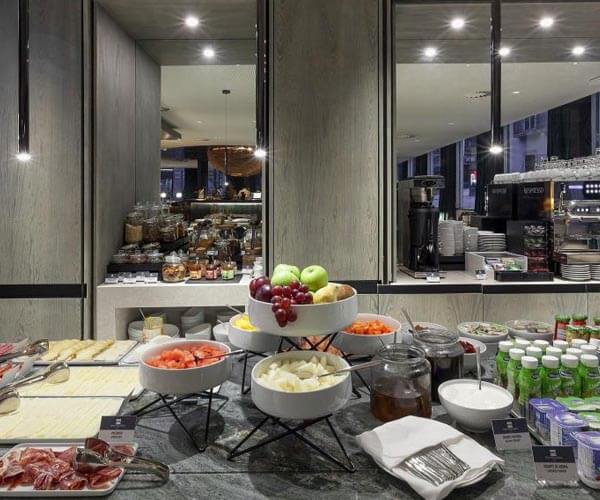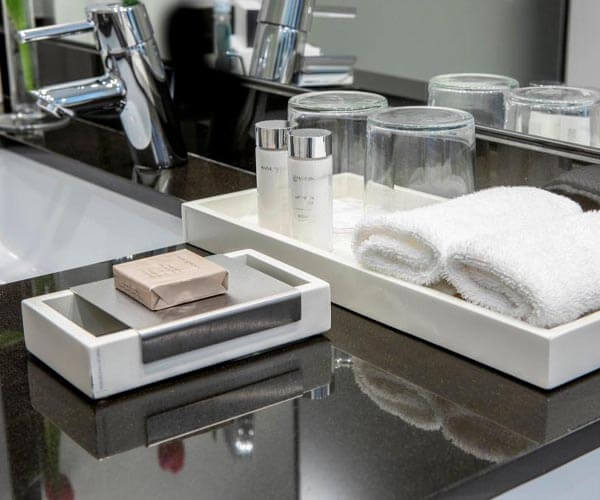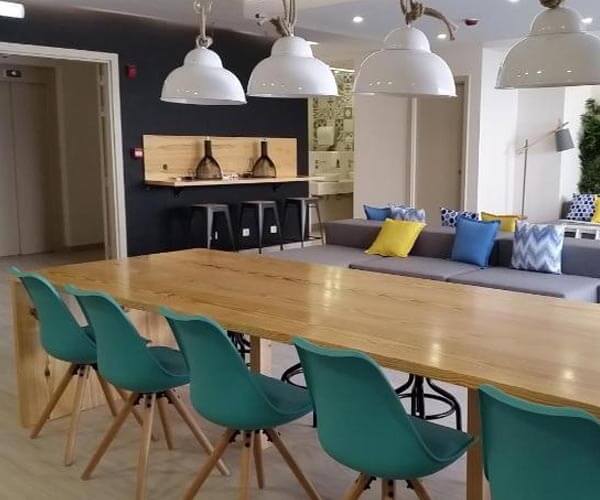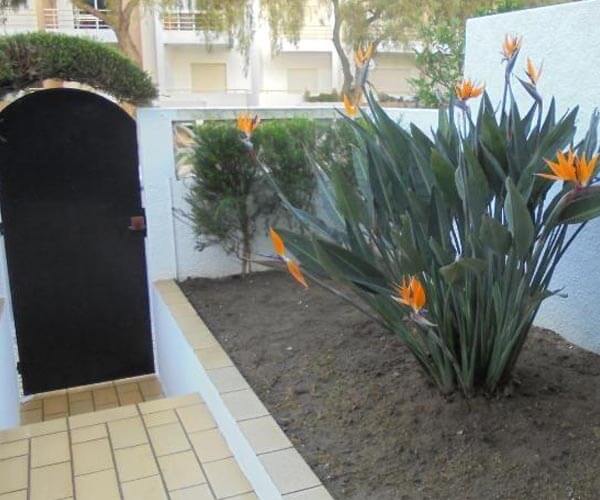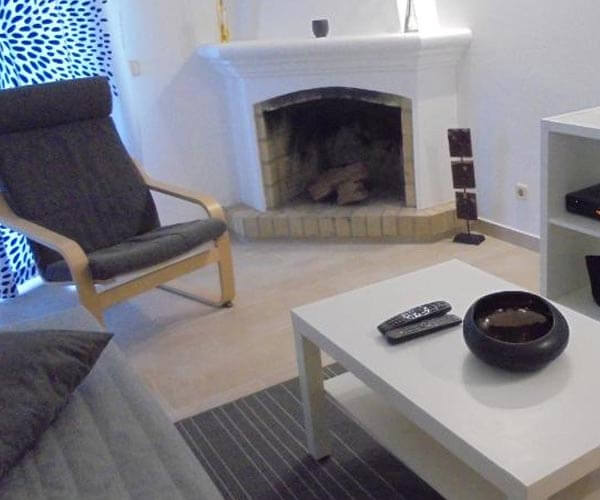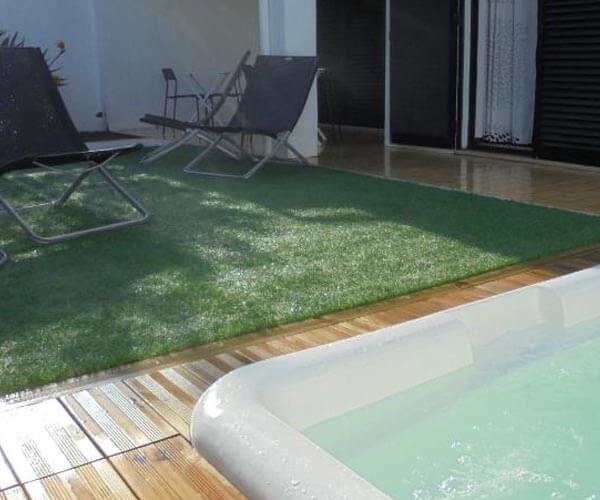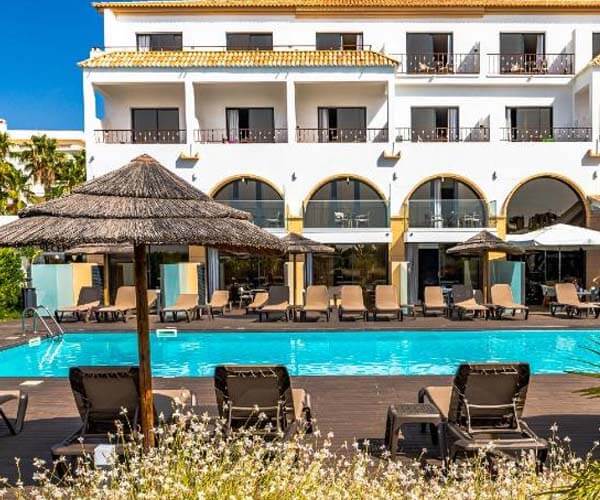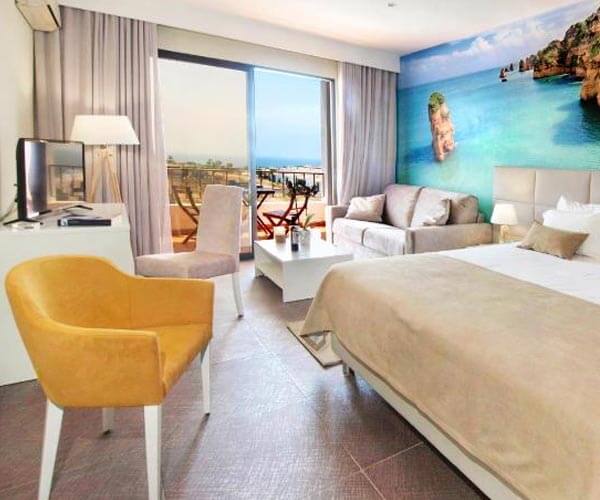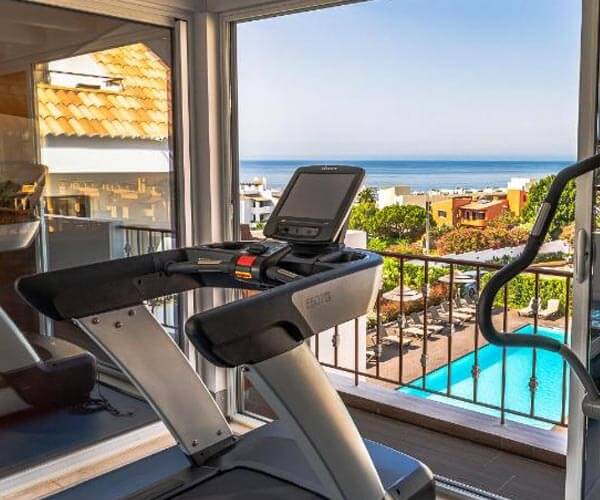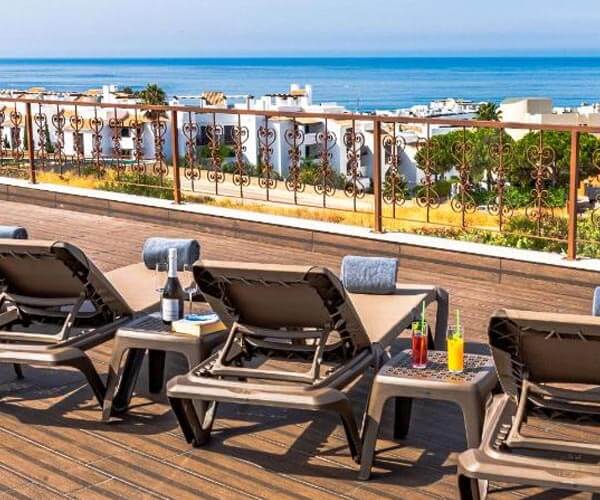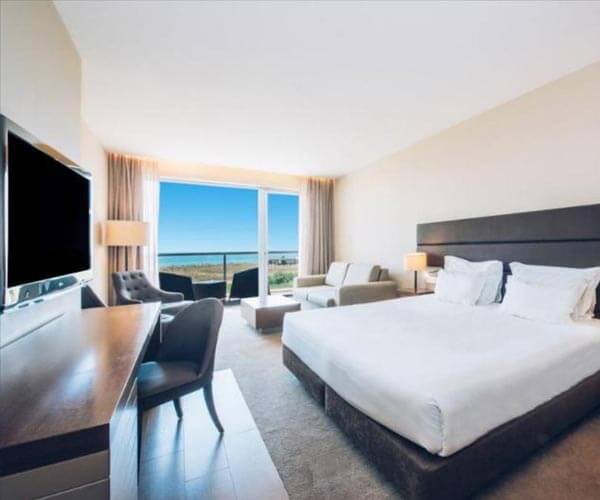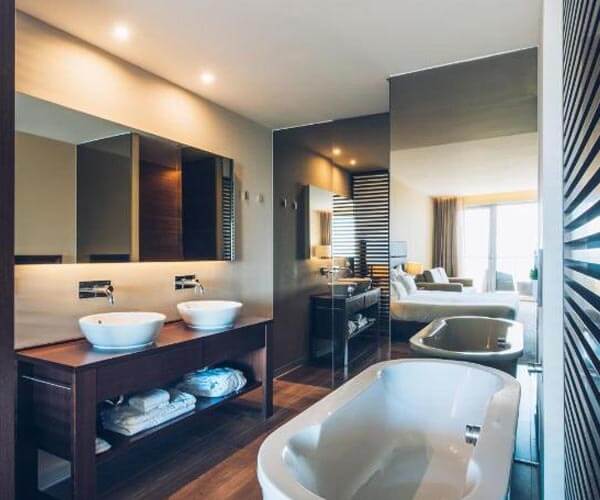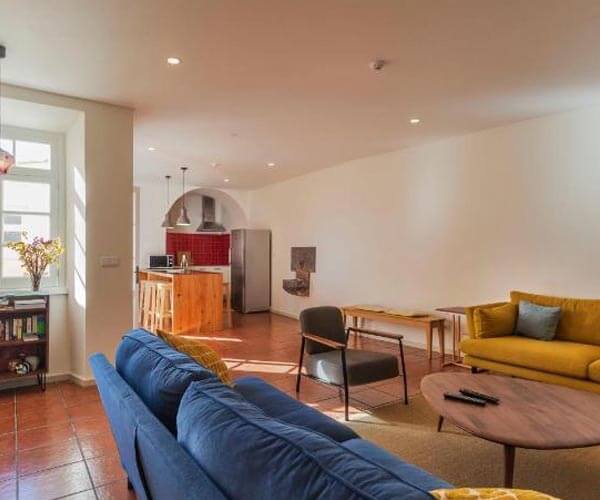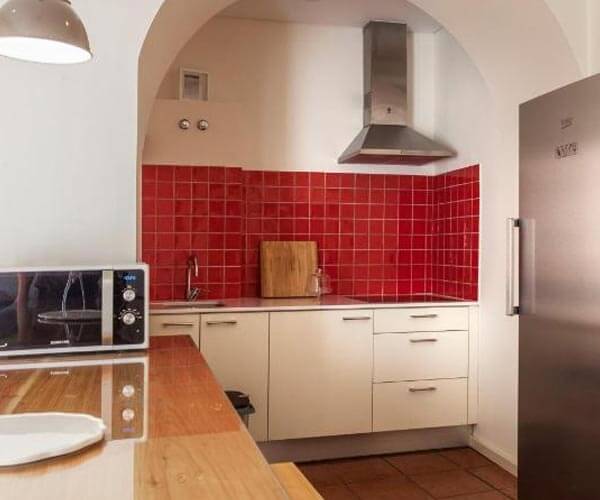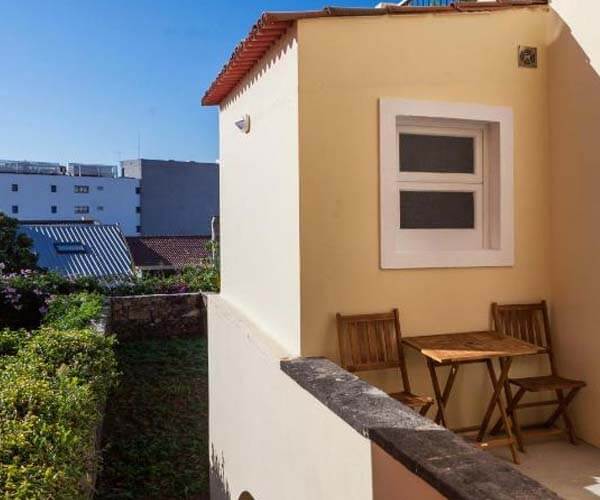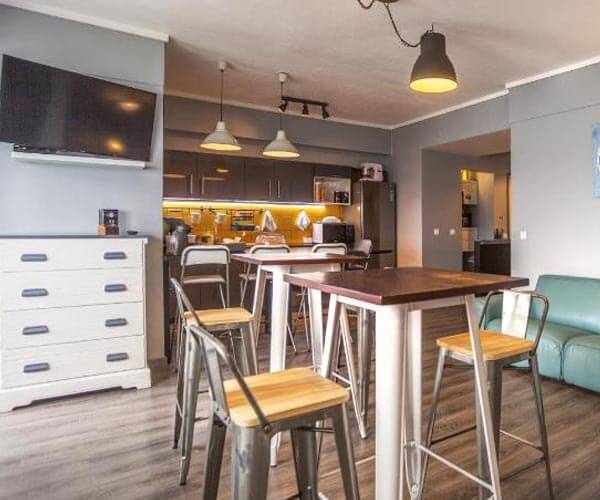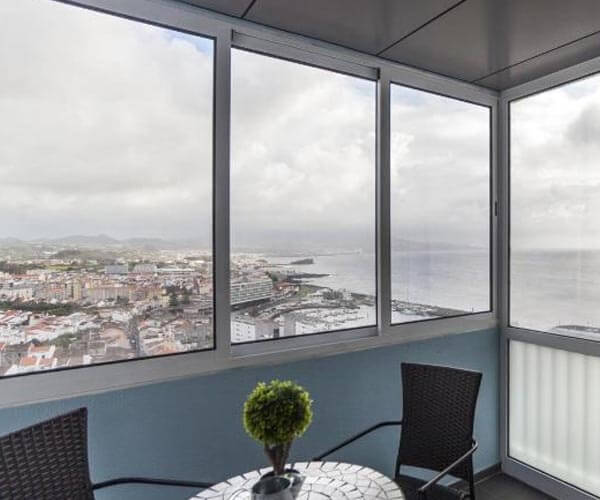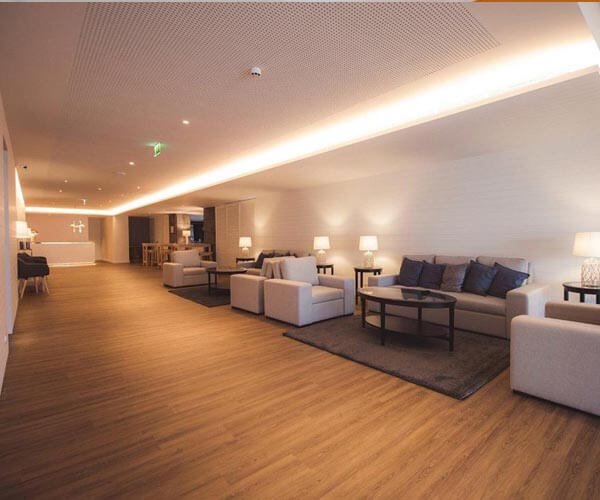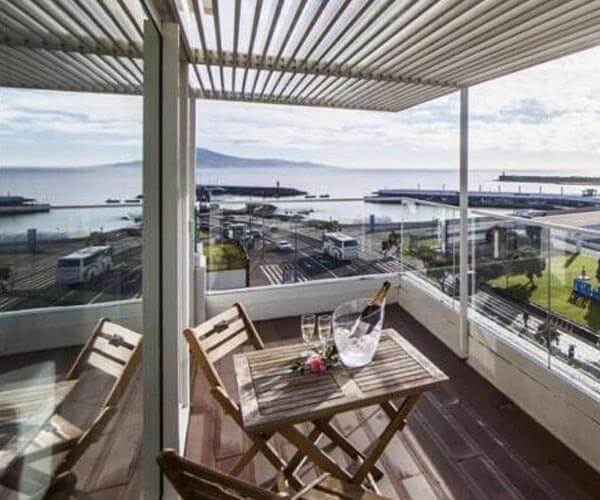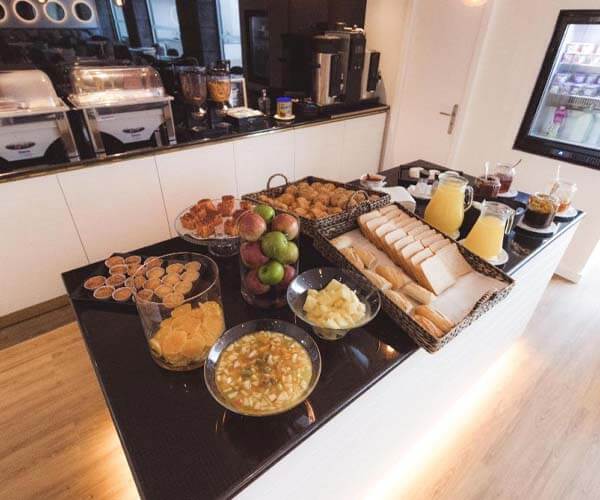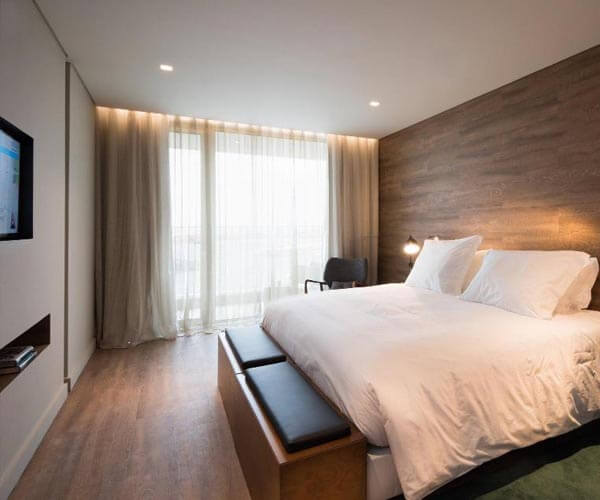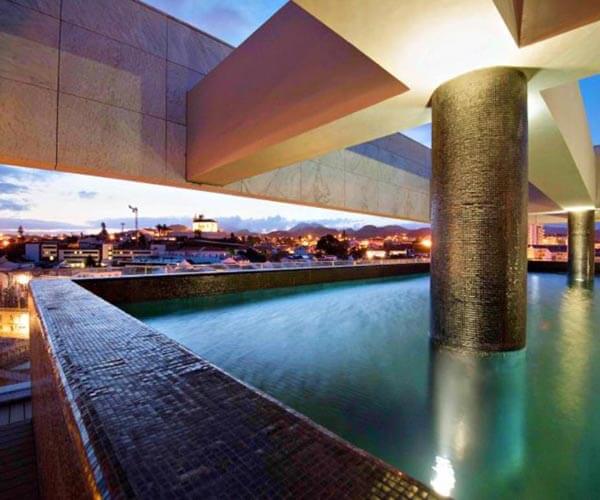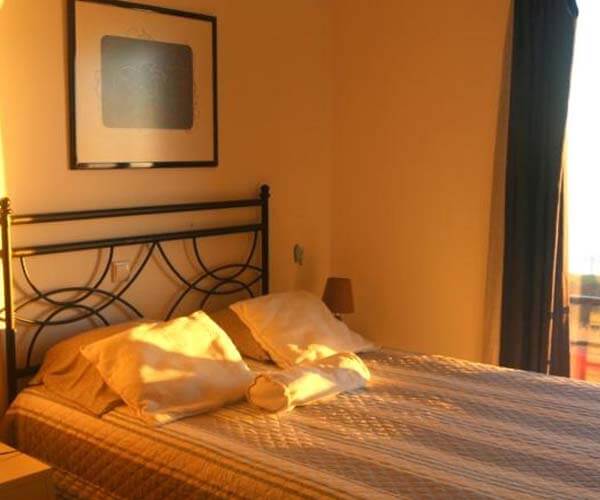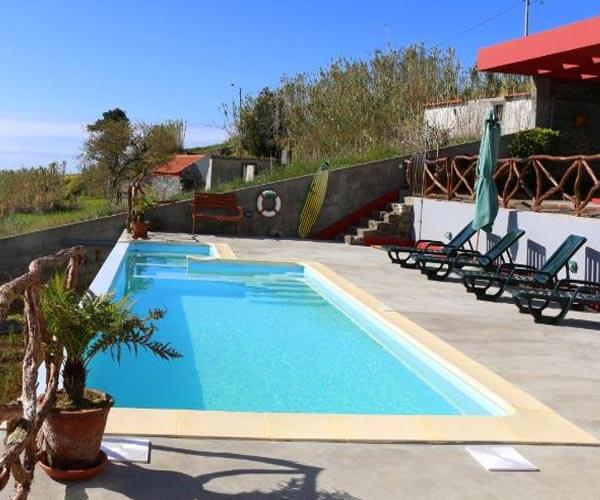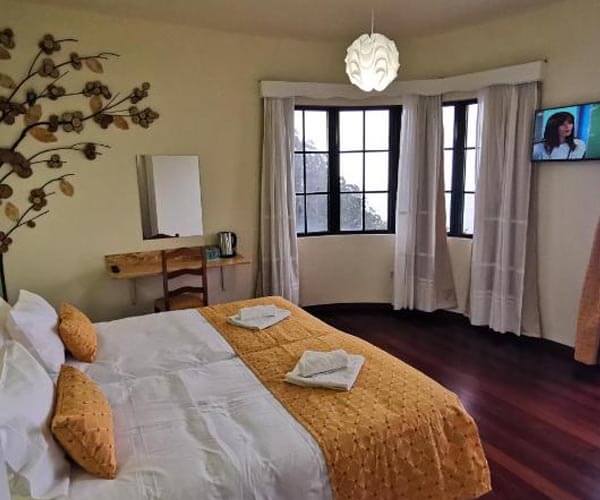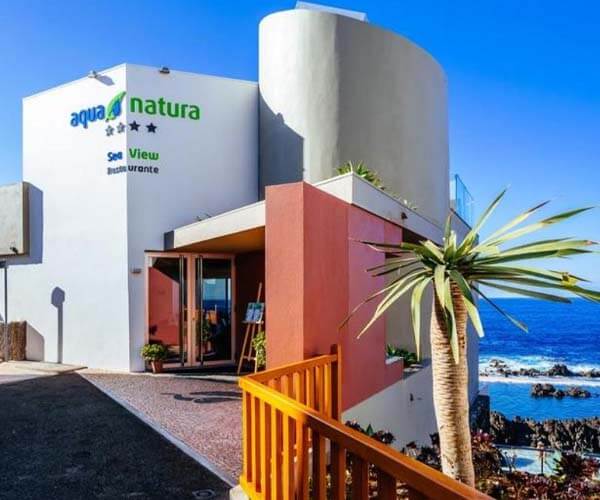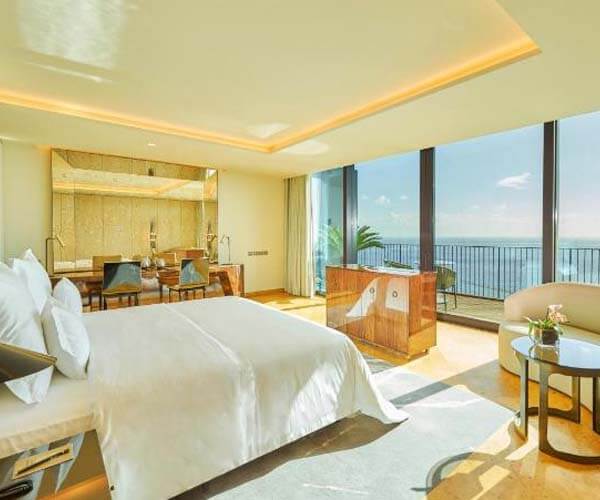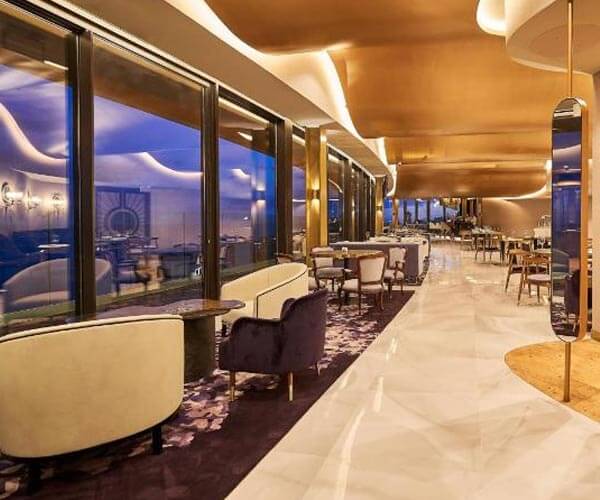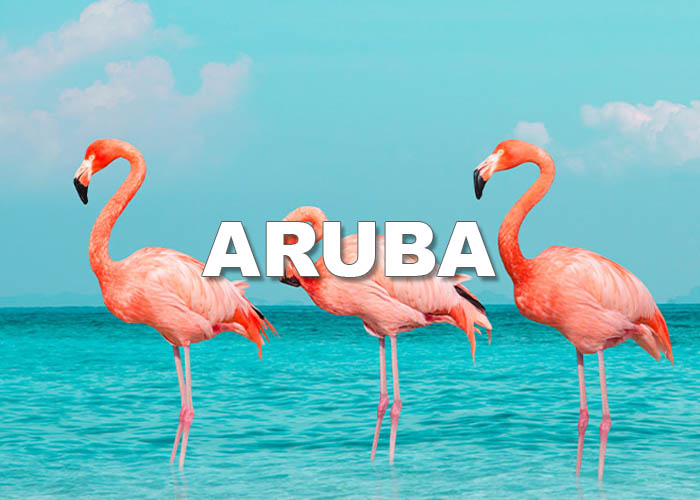
A Traveler's Guide To
Portugal
This post contains affiliate links. You can help support this site, simply by using my links when booking your accommodation or purchasing your gear. That way, I make a small commission at no extra cost to you – which helps in maintaining the site and keeping it clean of annoying ‘pop-up’ and ‘click-bait’ ads.
WHEN TO VISIT • VISA’S • CURRENCY • VOLTAGE • LANGUAGE • FESTIVALS • HEALTH CARE • LAWS • SCAMS • SAFETY • TRANSPORTATION • WHAT TO PACK • TOP THINGS TO DO • BEST PLACES TO VISIT • GROUP TOURS • WHAT TO EAT • ACCOMMODATION • SUGGESTED READING • MONEY SAVING TIPS • FUN FACTS • FINAL THOUGHTS

Monument of the Discoveries, LISBON
Portugal was the second country that I ever traveled to solo and will definitely always have a very special place in my heart. It was never really on my radar, but wanting to go to Europe (and it being the winter) I picked it for it’s warmer climate. I had planned on spending 3 months split between Portugal and Spain, but ended up loving Portugal so much I stayed there for the entire 3 months.
Portugal has it all – you can rock the beaches in Algarve, marvel at the castles in Sintra, hike in the Parque Natural da Serra da Estrela and cruise along the Douro Valley. With it’s mild climate, beautiful coast lines and delicious cuisine (not forgetting the wine of course) Portugal is also a paradise for budget travelers, especially when compared to other destinations in Western Europe.

LISBON
Capital City
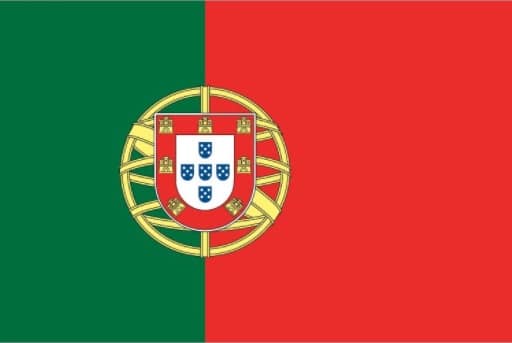
When to visit Portugal
Every year visitors are drawn to Portugal by the sunny and inviting southern European climate. In the north the climate is cooler, while moving south it becomes gradually warmer and sunnier.
Like most of Europe, Portugal’s peak tourist season is summer time, when the weather is warmest. However, the popular sights get extremely crowded then and the prices go way up. In the rest of the year (usually from November to March) rainfall can occur, especially up in the north.
The best time to visit Portugal is in shoulder seasons (March-May & Oct-Nov), when the sun is still shining and the weather is warm, the prices have dropped and many of the crowds have dispersed.
The winters, though colder, still offer a good amount of sunshine and while many of the beach resorts in the south wind down during this time, it can still be a good time to explore the cities and many amazing towns.
PEAK SEASON:
June – September
SHOULDER SEASON:
March – May / October – November
OFF SEASON:
December – February

VISA'S FOR PORTUGAL
Portugal is a part of the European Union and is in the Schengen Zone (the world’s largest visa free zone, where 26 European countries abolished their internal borders for the free and unrestricted movement of their people).
EU citizens and nationals of Andorra, Argentina, Brazil, Canada, Chile, Costa Rica, Croatia, Cyprus, Czech Republic, Ecuador, Hungary, Israel, South Korea, Lithuania, Mexico, New Zealand, Norway, Paraguay, Poland, San Marino, Singapore, Slovak Republic, Slovenia, Switzerland, United States, Uruguay, Vatican City and Venezuela – may enter for up to 90 days for tourism or business without a visa.
Things change, so it’s always best to check before you plan a trip anywhere. A great resource, I like to use, to see if you require a visa for any country is passportindex.org.
Although it is not obligatory to have a return ticket, it is advisable to have one. If you don’t have a return ticket, you may have to prove sufficient means of financial support to return.
Many countries require travelers to have passports with at least 6 months of remaining validity as an entry requirement. Some require the passport be valid for six months from the date of entry while others require six months validity from the date of departure. Because this can change (for example some countries will accept 3 months) it’s always best to check the current passport validity requirements, before booking your trip to Portugal.

CURRENCY IN PORTUGAL
The currency in Portugal is the Euro. Banknotes come in 5, 10, 20, 50, 100, 200 and 500 euro bills and coins are referred to as 1, 2, 5, 10, 20 and 50 cents.
You can obtain Euros in Portugal by changing money conveniently at cambios (currency exchange centers) and in shops or hotels in popular tourist destinations across the country. Just be aware though, that you can incur hidden fees when you get euros at these places. However, when you need some euros at short notice, they can come in handy (as they are open every day of the week).
You’ll find ATM machines throughout Portugal, especially in popular holiday destinations. You will also find automated cashpoints at the majority of bank branches, as well as most large supermarkets, shopping areas, railway stations and airports.
If you are visiting more remote areas of the country, it’s a good idea to bring cash with you. ATMs may not be widely available in these areas and it will be harder to find cambios. In addition, some businesses in rural areas may not accept cards, so just make sure you have enough cash with you, just in case.
Money withdrawing tip
When exchanging your money into euros, for the best exchange rates, I would always suggest using a bank ATM. It is also a good idea before leaving for Portugal to check with your home bank to find out if they have a partner bank (which charge low fees or no fees at all) or to discuss the best card they offer for traveling.
Places to avoid for the worst exchange rates will be inside a bank at the teller, private ATM’s (such as in a bar, hotel or casino), airports, train stations and touristy areas.
*NOTE: If an ATM or a POS (payment terminal) ever offers to convert the charges to your home currency, always refuse this option. This is called ‘Dynamic Currency Conversion’ and the exchange rate will not be in your favor, so just choose ‘no’.
How to keep your valuables safe?
One of the most important aspects of travel is keeping your personal belongings safe. Not many things can ruin your trip like theft can. I personally do this by carrying all of my valuables in my ‘anti-theft’ carryon backpack, while my boyfriend has a secret cash stash in his money belt.
Also, make sure that you don’t wear flashy jewelry and that you don’t represent yourself as a major tourist target. Don’t carry your wallet in your back pocket and always be aware of your surroundings and people there.
Surfing and beach life is a big part of Portugal and it’s probably where you will be spending some of your time. So, another important thing to think about is how to keep your valuables safe on the beach. I love my portable vault that I can simply attach to a beach chair or table for peace of mind when I go to take a dip. Another creative way is to hide your stuff in plain sight with these fake sunscreen bottles or my ultimate DIY trick; wrap it up in baby diaper to look used. You can bet your bottom dollar nobody’s running of with that 😀 Just make sure no one sees you do it!

VOLTAGE IN PORTUGAL
In Portugal, like all continental European countries, the standard voltage is 220V and the frequency is 50Hz, while the power plugs and sockets in use are ‘Type C’ and ‘Type F’. Unless you are from the Europe you will likely require an adapter for Portugal.

Travel Adapter and Power Bank
If the standard voltage in your country is between 110V-127V (as in Canada, the US and most South American countries) it would be safest for you to use a power adapter with your devices.
Ensuring that you have the right plug when traveling is super important, especially with the voltage compatibility. I travel to a lot of different countries and never leave home without my universal power adapter. There are lots on the market but this one covers every region of the world, comes with USB ports, is super cheap and light weight. That’s everything you will ever need in an adapter and you’ll have the peace of mind that you won’t fry your devices.
Another thing I never travel without is a portable power bank. I’ve had a few so far but the best performing one, without a doubt, is the Anker PowerCore. It’s small, lightweight, comes with 3 USB ports and one battery life is capable of fully charging your phone multiple times before it needs another charge.

LANGUAGE IN PORTUGAL
The official language of Portugal is Portuguese. It was a little tricky for me, as I know a little ‘Spanglish’ and some of their words are the same as Spanish but most aren’t…just don’t be like me and thank locals with ‘gracias’ (as that one is not the same!).
I believe that learning a language or at least trying to, is a big part of traveling well and I always recommend learning some basic words and phrases in any country that you plan to visit. I find that the locals always appreciate your effort and it can be a truly rewarding experience.
To help to you get started with a little Portuguese, I have compiled a few basic Portuguese words for you;
HELLO
YES
NO
THANK YOU
→
→
→
→
Olá
Sim
Não
Obrigado / Obrigada
GOODBYE
TOILET?
SORRY
DELICIOUS
→
→
→
→
Adeus
Banheiro?
Desculpa
Delicioso
Interested in learning Portugese?
Or any other language for that matter… If you really do want to challenge yourself further and learn more than just the basics, I strongly recommend checking out the language learning program uTalk. It’s super fun, interactive and available in 140 languages. I am using it myself currently to learn Croatian.
Alternative ways to communicate
Not being able to communicate while traveling can be frustrating but remember that this is your problem, not theirs. Raising your voice doesn’t magically make people understand English.
Even if your language skills aren’t up to par there are still a few other ways to communicate. You can try with miming, images on your phone or by pointing at symbols on my universal symbol travel tee.
It has 90 useful ICONS that come in either black or white print, with multiple shirt colors for you to choose from.
There is also Google Translate which is ok for a quick translation if you’re going to type. But to translate speech and to have any meaningful conversation, it’s useless. That’s where an electronic translator comes in.
Thanks to artificial intelligence ,what once seemed like science fiction now has became a reality. The CheetahTALK is not only sleek and easy to carry around, at the press of just one button it provides extremely accurate and instant 2-way conversations.

FESTIVALS IN PORTUGAL

The Portuguese are warm and friendly people who love a reason to celebrate and Portugal has no shortage of events and festivals to help them do that. The calendar begins with the arrival of the New Year, with huge festivities throughout the country, with many people flocking out into the streets to celebrate the stroke of midnight all together.
CARNIVAL (February)
Many places in Portugal have Rio-like carnival parades, with Lisbon and the Algarve towns throwing particularly spectacular celebrations. Carnaval festivals in Portugal date back centuries to when people held huge feasts to eat up all the meat, which was forbidden during Lent. It begins on the last Friday before Lent and ends on Shrove Tuesday.
SEMANA SANTA (March/April)
On Holy week over the Easter holidays, there are religious processions all over Portugal. The biggest ones are in Braga, São Brás de Alportel and in Loulé. Meanwhile, over in Tomar, the procession carries huge flower covered crosses that are destroyed afterwards, during a special ceremony.
'FIESA' SAND SCULPTURE FESTIVAL (May - September)
The International Sand Sculpture Festival ‘FIESA’ is held in the Algarve town of Pera. Artists use some 40,000 tonnes of sand to create truly amazing sand sculptures in incredible detail. In the daytime, visitors can attend workshops, contests and demonstrations – while at night, the magnificent sculptures are illuminated. Also, there is a different theme going on every year.
FEAST DAY OF ST. ANTHONY (June)
Every year on June 12th, the Alfama district of Lisbon is decorated and the air becomes filled with the smell of sardines grilling everywhere. The tradition celebrates the story of how a fish rose out of the sea to listen to the 13th-century saint when the locals wouldn’t. Saint Anthony is also known as the matchmaker saint. Women fill their mouths with water until they hear a man’s name mentioned, while men offer women basil plants and love poems.
ROCK IN RIO - LISBOA (June)
It’s one of the largest rock music festivals in Europe and held in Lisbons’ Bela Vista Park, over four days (two weekends) in June. It is based on its famous Brazilian counterpart, Rock in Rio. The music festival attracts leading international artists, talented DJs and emerging artists alike to perform on the stage – with plenty of food and drinks to satisfy any foodie.
FESTA DE SAO JOAO (June)
This festival, which pays tribute to Saint John the Baptist, has been held in Porto on June 23rd for more than 600 years. Beginning with street parties and music, it continues late into the night. Party-goers release balloons, sky lanterns, participate in bonfire jumping and enjoy a midnight firework display. As part of the festivities, people also hit each other over the head with plastic novelty hammers (thank goodness!).
FESTA DO COLETE ENCARNADO (July)
The Festival of the Red Waistcoat is Portugal’s answer to Spain’s running of the bulls and takes its name from the traditional red waistcoats worn by local campinos (cowboys). Every year, this three day festival starts with a parade in the city square, which flows into the streets. Then the bulls run loose through the streets of Vila Franca de Xira while foolhardy men try to keep out of their way. Definitely not an activity I recommend participating in.
FEIRA NACIONAL DO CAVALO (November)
Golegã is the horse capital of Portugal and in the first two weeks in November, thousands of visitors attend this National Horse Fair to celebrate the Portuguese Lusitano breed. Easily one of the most prominent horse related festivals in the country, there are competitions, food, traditional costumes and abundant amounts of traditional wine.

HEALTH CARE IN PORTUGAL
If you are a citizen of a European Union country, your ID from that country is honored in Portugal as well. It entitles you to the same medical care available to Portuguese residents. You must have a European Health Insurance Card to receive care, though. This card can be applied for through your home country health service for those who are residents of an EU country.
If you are not from the EU or do not have a European Health Insurance Card, you should absolutely obtain travel insurance. The excellent news though, should there be a need to use their care, is that The World Health Organization (WHO) – who rank global healthcare systems – places Portugal’s Health Care System at number 12. In perspective; Canada receives 30th place, with the United States at number 37 (on a scale that evaluates 191 countries) so you’ll be sure to be in safe hands.
What travel insurance to choose?
With the risk of trying not to sound like your mother, travel insurance is one of the most important investments that a traveler can make. Travel insurance assumes particular importance while traveling abroad, simply because of the number of risks associated with it.
Life happens and horrible things can occur that are out of our control – bad things can happen everywhere, even in the safest of places. You could get hit by a car, fall down a flight of stairs (a BIG possibility in Portugal and boy, do they ever have a lot of stairs!) or have your bag snatched from you!
These are the best companies that I have thoroughly researched, used myself and highly recommend:
It’s the cheapest, they cover all types and durations of travel – perfect for digital nomads, they have covid-19 in it’s policy, you can purchase or extend even if you’re already on the road and they cover up to age 69.
They cover everything previously mentioned by Safety Wing however become the cheaper option between age 39-69, cover the more adventurous and dangerous activities (such as scuba and sky diving) and they also cover loss of electronics.
*Note: After age 70 (not that I have obviously used them myself) my research has shown that Insure My Trip is most likely is your best option, in both excellent coverage and price.

LAWS IN PORTUGAL

Every country is different and something that is legal in your country may not be legal in Portugal. For example, in 2001, Portugal took a radical step and it became the first country in the world to decriminalize the consumption of all drugs. Does that mean it’s legal to sell and buy drugs – NO, but if a person is found with a small quantity of a narcotic (defined as 10 days’ worth or less for personal use), the drug is confiscated and the person could be summoned to a panel (Commission for the Dissuasion of Drug Addiction) where they may have to pay a fine and receive treatment, but it is not considered a criminal offense.
Here are some other interesting Portugal laws and regulations:
- In Portugal, the age of criminality is 16. Many people in Portugal say that if a 14 yr old boy commits a murder he cannot be arrested and take responsibility for his crime – but if that same boy happens to take a slap from his parents, he can go to court against his parents for domestic violence.
- It is illegal to pee in the sea (not quite sure how they would prove this one, but it’s better to be safe and just use the restrooms like a civilized person).
- The Portuguese government has an 80 page list of illegal names (names that are prohibited to name your baby) – for example, ‘Ovnis’ is on the list, which in Portuguese means ‘UFO’.
- Legal drinking age in Portugal is 18.

SCAMS IN PORTUGAL
In Portugal, like in any major tourist destinations, there are tourist targeted scams and petty crime to watch out for, especially during peak the season. Here are a few scams to watch out for (all of which the answer is to say “no thank you” and to keep walking);
The Petition Scam:
A scammer asks you to sign a petition (where you will need to fill in your name and email) however, the form will also be pre-filled out with a high donation amount and if you do not donate, you will either be harassed or while distracted, an accomplice will steal from you – plus I can only imagine what type of lists, your email address will end up on.
The Time Share Scam:
Someone approaches and gives you a free scratch card where you WILL win a free resort stay. To redeem it however, you have to attend a 90 minutes timeshare presentation that is not worth it and you will be subject to high pressure sales tactics. P.S. as for the free stay, there are many terms and conditions such as having to eat every meal at the resort’s over-priced restaurant.
The Bracelet Scam:
A scammer tries to tie a bracelet that is difficult to untie around your wrist (while trying to give you the impression that it is a gift) and then, once securely attached, demands payment. If you then refuse they make a big scene, aggressively calling you a thief.
*NOTE: Another thing to be aware of (although not necessarily a scam) is in restaurants, where they bring by items that you did not order which you may assume are complimentary, but they are not. If anything comes to your table that you did not order (and don’t want) be polite, say ‘no thank you’ and have them remove it. A good practice is to always know the price of what you are ordering before hand and to check the bill closely at the end.

SAFETY IN PORTUGAL
For Fire, Police or Medical Emergencies DIAL 112
Portugal is a safe country and has a relatively low rate of violent crime (with pick pocketing and car break-ins being the most common forms of crime experienced) particularly in the major cities and tourist destinations. Just like anywhere you travel to, always trust your gut instinct. If a taxi driver seems shady, stop the cab and get out. If your hotel is seedier than you thought, leave. You have every right to remove yourself from the situation.
Travel safety tips
Make copies of your personal documents, including your passport and ID. Forward your itinerary along to loved ones so they know where you are. Portugal is a safe place to travel, even as a solo female traveler (like I was) and for the most part you’re unlikely to encounter any problems. But for that added bit of security, especially for solo female travelers, you may want to consider a portable door lock or a personal alarm.

TRANSPORTATION IN PORTUGAL

Tram 28, LISBON
Getting around in Portugal is very easy and inexpensive. In major cities transportation is abundant and will not be an issue (metro/trams/busses/taxis/uber). One of the things to know before traveling to the capital city of Lisbon, is that you can buy a Viva Card (for €0.50) and top it off with cash instead of purchasing and using individual tickets (p.s. it’s super handy for getting rid of extra change from your pockets too, which can be reloaded at any metro station).
Cheapest way to get from Lisbon airport to city center
To get from the Lisbon airport into the city center don’t bother taking a taxi. Though they are actually relatively cheap and safe to use in Portugal, nothing beats the €1.90 metro ride. The ‘Aeroporto Saldanha’ line takes you to downtown Lisbon in about 20 minutes, with an excellent metro network that will allow you to move around the city at ease. It is a quick and inexpensive, plus you’ll get to see Lisbon’s beautiful metro stations, each with its own theme and décor.
Where to find Tram 28?
One of my best transportation tips for Lisbon though, is to take the one hour scenic sight-seeing route on the famous yellow TRAM 28. To beat the crowds get to the first stop (Martim Moniz) as early as possible in the morning, they usually run every 10 minutes from 5:40am – 11:10pm. If there is a long line-up, which there most likely will be, then simply follow the tracks by foot to the next stop and get on there instead. You will be standing, since at the first stop they load only as many people as there are seats, but don’t worry (simply grab a seat when someone gets off or better yet – head straight to the back window for a great viewing spot!). Tickets can be purchased from the driver for 3 euros or if you have the Viva Card just tap it, for a reduced rate of 50% (automatically deducted from your card).
Traffic rules in Portugal
In Portugal, they drive on the right side of the road (same as in the US). Speed limits and distances are posted in kilometers and an international drivers’ license is not required. It is important to drive defensively in Portugal, as drivers often follow extremely close and sometimes will overtake dangerously. Just remember, as in most of Europe, the rule to keep in the right lane, unless passing (if there is one) is very strictly followed.
If you are looking at renting a car in Portugal (or anywhere in the world) Rentalcars.com is one of the most comprehensive comparison websites that offers deals and discounts on rental vehicles.
Best way to explore Portugal
To get around between different parts of the country, I traveled by rail and thoroughly enjoyed the experience. You can check out the time tables and book easily directly through www.cp.pt (p.s. there are cheaper purchase fares if you book in advance) and bookings usually open 60 days before the departure date. Click ‘EN’, at the top right, for English and it can help to remember that in Portuguese, Lisbon is referred to as Lisboa.
Another really fun mode of transportation are LIME Scooters. One of the best days I had in Lisbon, is when I rented a LIME scooter (with a few new friends). We rode along the Tagus riverside, stopping at all the attractions along the way. With the beautiful sights, the wind in my hair and lot’s of places to stop and have a bite to eat or a drink…
it was incredible! If you want to experience this yourself, the best place to start is at the ‘Monument of the Discoveries’.

WHAT TO PACK FOR PORTUGAL
This will totally be dependent on WHEN, WHERE and WHAT you plan on doing while you are in Portugal and the time of year? Be sure to check the weather and pack accordingly. I would suggest a light water proof jacket in the shoulder seasons and a little heavier of a jacket in the winter, although it never gets too cold.
Depending on where you decide to visit can make a big difference on what you will need to pack. For example, if you are planning on basking in the sun in the summer down in The Algarve – summer and beach attire will be the staple of your wardrobe. If you’re more about exploring the cities, then comfortable walking shoes are a must. Oh and ladies, no matter where you are visiting, leave the high heels at home – those slippery cobblestone and pavement tiles are no joke!
It's always good to bring some wool
Also, merino wool adapts to the climate you are in. It is thin (so perfect as an underlayer in colder temperatures), lightweight, super comfortable and unlike other natural wools – not itchy!
There are several Merino brands out there but my favorite is definitely ‘Ice Breaker’ as their range of clothing is extensive, from socks and underwear to shirts and pants, plus many more items.
Multi-use Clothing
Simple trick to save space in your luggage is to pack multi use clothing. One of my favorite reversible travel clothing brands is Splice Clothing. They design lightweight, versatile and ‘reversible’ clothing that helps travelers focus on their experience instead of the weight of their baggage.
Another great thing to pack would be a sarong. They don’t weigh much and can be so useful for many things such as; wearing as a piece of clothing, covering yourself in holy places, a bed sheet, a towel, a swim cover-up, a blanket, a pillow, a scarf, a wind protector, a privacy screen or for shade… I cannot express to you just how many times a sarong has came in handy on my travels.
Don't forget to pack sunblock
Undoubtedly, if traveling in the summer, one of the highlights of your Portugal trip will be hitting up the beaches. Being one of the South-most European countries weather tends to get pretty hot. I don’t think I need to tell you about the importance of sunscreen and how damaging UV rays and long exposure to sun can be. What I would like to bring to your attention is an alternative to liquid products. Personally, I use a Neutrogena Sunscreen Stick which is non-greasy, PABA-free and with SPF 70 offers great protection.
Another switch I made quite some time ago was to use a solid mosquito repellent balm rather than sprays. It’s super convenient and it smells good too. It might come in handy to bring it with you, because some areas of Portugal suffer from mosquitos during the warmer weather, especially in the evenings.
Packing hacks
One of my favorite ways to squeeze in more for my travels, is to roll up my clothes. To be even more organized I love to use packing cubes – that way I can take out the relevant cube rather than rummaging around at the bottom of my baggage.
Another way to further up your packing game is to use a Portable USB Vacuum Pump. This is a highly efficient and inexpensive way to reduce the volume of your clothes to only a fraction of their original size simply by removing the air.
Have you ever had to dump some of your luggage at the airport or shuffle items, from one bag to another, just before boarding your flight? Well, carrying a luggage scale with you will protect you against the excess baggage charges and ensure that you’re never again faced with any nasty surprises at check-in.
Another smart thing to have is a tracker to put inside your luggage or attach to your valuables. There are few different options but recently I started using Apple’s new gadget – AirTag.

TOP THINGS TO DO IN PORTUGAL
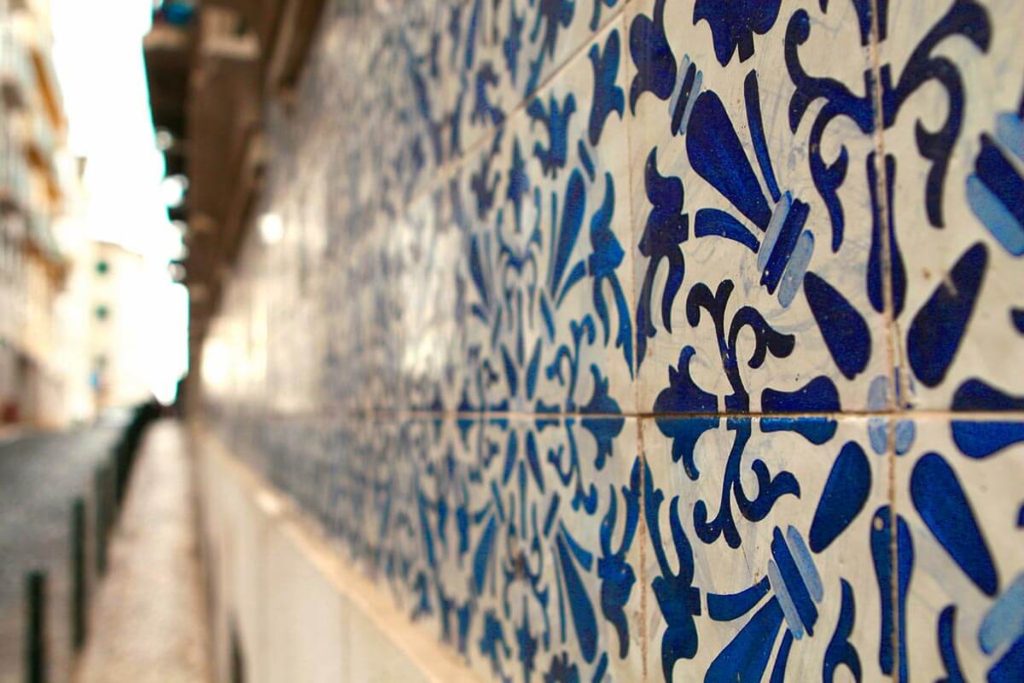
MARVEL AT ALL THE BEAUTIFUL TILES
You can’t miss them, wherever you are in Portugal. Azulejos tiles first came to Portugal in the 15th Century, when parts of the Iberian Peninsula were still under Moorish rule. Although many assume the word is a derivation of azul (Portuguese for ‘blue’), the word is Arabic in origin and comes from ‘az-zulayj’, which roughly translates as ‘polished stone’.
While many other countries have tile art, where it is used as decoration like a tapestry, in Portugal, it became a part of the buildings. The decorative tiles are a construction material as well as decoration and Portugal adopted them in an unparalleled way, like no other European country. Traveling across the country is like visiting a living museum of tiles, but it is at the ‘National Tile Museum’ in Lisbon that you can get to know their history, artistic and technical evolution, from early times to modern-day production.
If you are looking for a unique one-of-a-kind activity to experience in Lisbon, I would highly suggest the Lisbon Tiles and Workshop and Tour.
Learn how to create your own tiles. It also includes a museum tour and the opportunity to paint your very own souvenir tiles, to fondly remember your visit).
ATTEND A FADO SHOW
Fado is a type of Portuguese singing, renowned for it’s expressive, profoundly melancholic and sad character – mostly sung in cafes and bars throughout Portugal.
Nobody does sad music like the Portuguese. Fado literally means ‘destiny’ or ‘fate’ and therein lays it’s sad beauty. We must accept our fate, even if it’s cruel, especially if it’s cruel. It appeared in the 19th century in the working class neighborhoods of Lisbon. The first singers (or fadistas) were prostitutes and the wives of fishermen who may or may not return from sea (in other words, people on a first-name basis with suffering).
Today, fado is the soundtrack of life in Portugal. You hear it and ‘feel‘ it – everywhere; on the radio, in concert halls and most of all, in Lisbon’s fado houses.
Over the years it has evolved into different currents and regions. For example, in Lisbon – fado is like a sad narrative, where in Coimbra (a university town to the north of Lisbon) fado is sung by students and is much more lyrical. No trip to Portugal would be complete without experiencing a live fado performance!
SAMPLE PORT:
You’ve probably tried Port before and most likely that was around the Christmas season, but in Portugal, Port is drunk all year long. It’s a popular dessert wine and is often ordered at the end of a meal in Portuguese restaurants. Produced in the Douro Valley in Northern Portugal and although some other countries produce a port style wine – only port wine produced in Porto can be officially called Port.
Many people when they come to Portugal are surprised by the number of different types of Port that exists. Outside of Portugal, you can usually just find Tawny or Red Port, but in Portugal, you’ll also find White Port and Ruby Port as well as subcategories of each. When in Portugal, be sure you visit a port wine cellar so you can sample for yourself.
CATCH A WAVE:
A mild climate with solid surf makes Portugal a popular surfing destination for surfers, from inside and outside of Europe. It’s one of Europe’s top surfing destinations and every year thousands of wave lovers flock to it’s Atlantic coast. Portugal is not ‘just another surfing destination’ though, it’s where some of the top surfing records have been broken. In fact, in 2012 Garrett McNamara entered the Guinness Book of Records for surfing the highest wave ever recorded.
It has a huge variety of waves and swell sizes and as a result makes an ideal surfing location for surfers of every skill level.
Also, it’s a fantastic place to learn to surf with lots of places offering surf lessons and packages.

BEST PLACES TO VISIT IN PORTUGAL
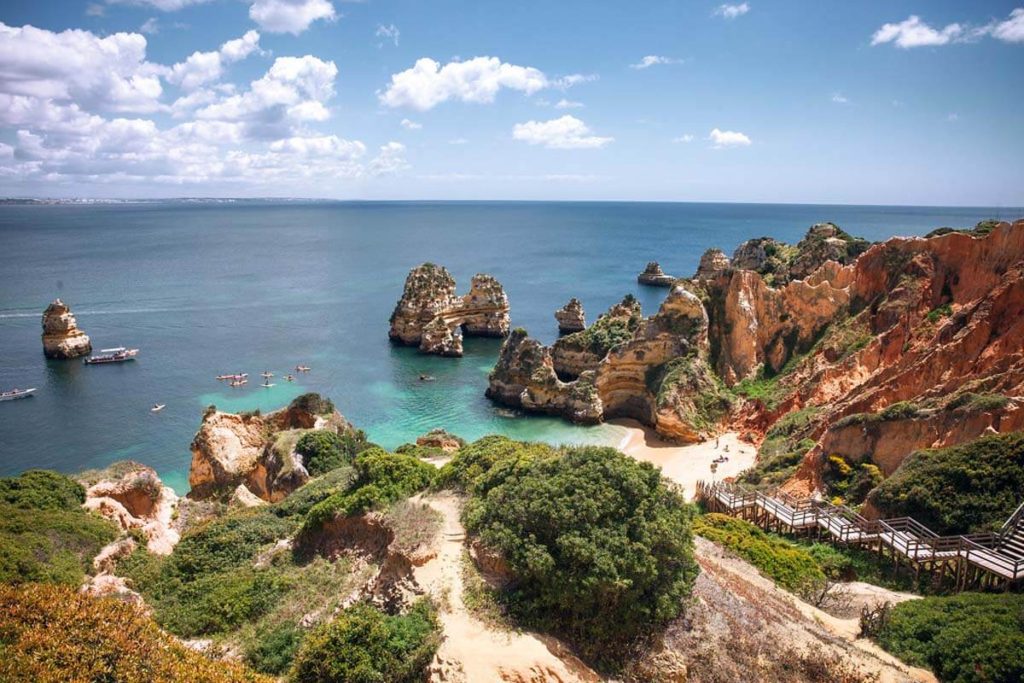
Lagos, THE ALGARVE
There are so many amazing places to visit within Portugal. From coast to coast, the country is home to vibrant and culturally rich cities, along with incredible natural wonders – making it very hard to narrow this selection, however here is an overview the major places you don’t want to miss on your visit to Portugal:
LISBON
Lisboa (as referred to by the locals) is the capital city of the country and is actually the oldest city in Europe. Yep, it’s even older than Rome!
A historical city full of stories to tell, where the sun shines 290 days a year. A city where you feel safe wandering around day or night. Where the cuisine is dedicated to creating over a thousand ways to cook the beloved bacalhau (salted cod) and where you’ll find hotels and restaurants to suit every taste, budget and requirement. It has the ability to surprise at every turn of it’s narrow, sloping cobblestone streets. Indeed, the allure of Portugal’s fascinating and enchanting capital city is such that it’s frequently voted Europe’s best city-break destination, best European capital… well, the list goes on.
Here are a few suggestions of what you don’t want to miss in Lisbon;
PORTO
Set aside the Douro River, the second largest Portuguese city, Porto is a real gem that is often over looked by the popular capital city of Lisbon. Porto is a colorful, UNESCO-listed city that offers a real authentic slice of Portuguese life – not to mention that it is the birth place of port wine.
With its Medieval architecture, it’s defining Dom Luis I Bridge (it has 6 bridges btw), art nouveau cafes, pretty streets, delicious seafood and an array of nightlife options – there’s truly something for everyone here.
Here are a few of my suggestions of what you should not miss out on in Porto;
THE ALGARVE
The Algarve region streches along the southern coast of Portugal. Enclosed by soaring cliffs, powdery golden beaches and turquoise waters it sure is a sight for sore eyes! Although best known for it’s stunning beaches, it has a lot more than beaches to boast about.
The popular and more developed central region offers lively coastal resorts, quaint fishing villages, first rate tourist amenities, world class night life and some of Portugal’s best golf courses.
Farther east, a string of sandbar islands and lagoons form part of a beautiful and protected natural park. Rio Formosa, a true bird watchers paradise, has plenty of salt pans to discover. Over to the west, a very different Algarve beckons. Wilder and more remote, this is a place to escape the crowds and where surfers seek endless waves with Atlantic Ocean.
Here are a few of my suggestions of what you can experience in The Algarve;
THE AZORES
Volcanic mountain peaks, countless waterfalls, tropical geysers, ancient fishing villages, magnificent coastlines, bubbling hot springs and vast, untouched landscapes. No, this isn’t New Zealand or Hawaii, it’s the The Azores.
There are nine volcanic islands situated in the middle of the Atlantic Ocean. It is so remote, that mass tourism is non existent and the nature is completely unspoilt. For decades, limited flights kept this island chain cut off from the rest of the world, but new connections are slowly opening up this UNESCO Biosphere Reserve.
Here are a few suggestions of what you can do in The Azores;
MADEIRA
Madeira is an autonomous region of Portugal. It is an archipelago comprising of 4 islands off the northwest coast of Africa. Best known for its namesake wine, rich culture, amazing hiking possibilities, delectable gourmet food and it’s warm, subtropical climate.
The main island of Madeira is volcanic, green and rugged, with high cliffs, pebbly beaches and settlements on deltas of the Fajã River. The capital, Funchal has botanic gardens and is known for it’s harbor and it’s spectacular New Year’s fireworks show!!!
Here are a few suggestions of what you can do and experience in Madeira;

GROUP TOURS AROUND PORTUGAL
Portugal is a perfect place for solo travel but if traveling by yourself isn’t your jam, I highly recommend G Adventures. They are a super reputable travel company, who have been around for a long time. The reason why I love G Adventures is because they have loads of different tours that cater to different age groups. They have tours for the young (18-30), wellness tours and even combo tours that take you through several European countries, allowing you to explore a little further…

WHAT TO EAT IN PORTUGAL

Pastel De Natas
So what do you think of when you think of traditional Portuguese food? The food from Portugal has long been overshadowed by the culinary traditions of its famous neighbor Spain, as well as Italy and France. But as I soon found out, it can certainly stand on its own two feet. There is a lot of seafood (so definitely a seafood lovers paradise) but if you’re not that into seafood, don’t worry, there are plenty of other options. Here are just a few of the culinary delights, that are distinctly Portuguese, I recommend you try when visiting Portugal;
PASTEL DE NATAS
Few Portuguese dishes are as world renowned as the glorious creation know as Pastel de nata or Pastéis de natas (in plural). It is the iconic Portuguese dessert and these sweet and creamy Portuguese egg tarts are so addictive, they may just become your daily pastry of choice. Cooked in a very hot oven and made from flour, butter, eggs, cinnamon and sugar. They are usually (and best) served warm, sprinkled with a little icing sugar and accompanied with a small strong cup of Portuguese coffee. It would be a crime to travel to Portugal and not try one!
BACALHAU
No trip to Portugal would be complete without indulging in this Portuguese traditional food. Bacalhau (or Portuguese codfish) is a national obsession in Portugal and there are over 365 ways of preparing it. One for each day of the year – including their traditional Christmas dinner. From grilled, baked, canned and fried – that you’ll easily discover your favorite.
CALDO VERDE
From the north of Portugal comes Caldo Verde, the famous Portuguese soup. While Caldo Verde soup is popular in the winter, you can enjoy it all year round regardless of the weather outside. Green in color and usually made with a particular dark green cabbage from the region (sometimes substituted with collard greens or kale). The wonderful flavors from the combination of potato puree, slices of chorizo sausage and local Portuguese olive oil make one hearty soup, which I would consider more as a main dish, rather than a starter.
FRANCHESINHA
The Francesinha Sandwich is an impressive plated sandwich that will literally make your “heart sing”. Popular in Porto, you will see it on almost every menu. Made with thick bread, ham, sausages and steak, the sandwich is covered with melted cheese and an egg on top. What makes the francesinha unique though is the secret sauce that each restaurant prepares in its own special way. A hot tomato and beer sauce is used to dip or ‘drown’ your sandwich and the best part is that you can ask for more as needed, for no additional cost. Served with a side of fries, this famous sandwich certainly packs the calories, but we all know that vacation calories don’t count! Right?
CHICKEN PIRI-PIRI
During the Age of Exploration Portuguese explorers traveled throughout the world discovering many new spices. One of the spices was a small spicy chili pepper known as Piri-Piri, Peri-Peri or ‘African devil.’ Today, Portuguese chicken covered in piri–piri is served with fries and a small lettuce, tomato and onion salad. In Portugal, places that sell Portuguese chicken piri-piri are called churrascarias and you’ll find them in practically every neighborhood.
BIFANAS
Bifanas are traditional Portuguese pork sandwiches and super popular. They are made of succulent marinated pork, served in crunchy white bread and the marinade is made with spices including paprika, garlic and white wine. They can be served with a bowl of soup and fries for a full meal at lunch or dinner time or served with a beer – for a typical late night Portuguese snack and so good, you won’t want to miss a single bite.
PORTUGAL'S NATIONAL DRINK
Surprisingly in a country full of exceptional wines and ports, something that is not as well known is the national drink of Licor Beirão. A herbal liqueur flavored with multiple botanicals, herbs and spices. It’s pretty popular in Portugal where it can be drunk neat, in cocktails, in your coffee and in recipes for desserts and sweets. The exact recipe is still a family secret, but it is known to include eucalyptus, cinnamon, rosemary, lavender, aniseed and mint. Licor Beirão is an acquired taste, nonetheless it is a staple in Portugal and you’ll find a bottle of it in almost every café or bar.

FOOD TOURS
If you are a foodie fanatic like me and like to eat your way through a country, I recommend you go on a food tour. The local insight of guides are truly amazing and give you a better understanding of the local cuisine, plus they always know all the best spots to visit! Listed below are my top recommended food tours in Portugal:

ACCOMMODATION IN PORTUGAL
The accommodations in Portugal are plentiful and there is no shortage in choice. To help you in figuring this out here are a few recommendations that I have compiled for you, broken down by area and budget:
*Note: Click on image to enlarge. Use the X on top right corner to exit.
LISBON:
HOSTEL: Sunset Destination Hostel
ECONOMY: My Charm Lisbon Suites
MID RANGE: Villa Baixa Luxury Apartment
LUXURY: Altis Belem Hotel & Spa
PORTO:
HOSTEL: Nice Way Porto Hostel
ECONOMY: MyTrip Porto
MID RANGE: Porto Royal Bridges Hotel
LUXURY: Intercontinental Porto
LAGOS (THE ALGARVE):
HOSTEL: TopCity Hostel & Suites
ECONOMY: Lagos Charming Villas
MID RANGE: Lagos Atlantic Hotel
PONTA DELGADA (THE AZORES):
HOSTEL: A Bica Hostel
ECONOMY: Atlantic Home Azores
MID RANGE: Hotel Gaivota Azores
LUXURY: Azor Hotel
MADEIRA:
HOSTEL: Madeira Native Motion
ECONOMY: Santana in Nature B&B
MID RANGE: Aqua Natura Madeira
LUXURY: Savoy Palace
AIR BNB:
If living like a local in your own space is more your thing, then AirBNB can be an excellent choice in Portugal. Of course though, with all of the popularity the platform has gained, prices and fees have certainly increased.
HOWEVER there is absolutely no need to pay full price for an Airbnb! Click here and find out how you too, never have to pay full price ever again!!!

SUGGESTED READING FOR PORTUGAL

Long bus, train or plane rides can get pretty boring and can give you a lot of ‘dead’ time. Whether that’s on a plane crossing the Atlantic, on a ferry traveling to one of the coastal islands or on a train ride across Portugal – sometimes you need to find ways to keep yourself entertained. Personally, I have found that reading a good book is one of the best ways to pass the time and there’s nothing better than reading about the country you are in. In fact, sometimes reading a travel book can be as transformative as the journey itself.
Books about travel inspire us to go visit far off lands and imagine ourselves doing incredible things. They are sure to awaken wanderlust in everyone who reads them. Eat, Pray, Love is the book that actually inspired me to give up my old life and start traveling the world!
Here are few more suggestions to help motivate you to pack your bags and set out on your own fun-filled adventure to Portugal – ENJOY!!!
I love Lonely Planet for so many reasons. It’s perfect for getting initially orientated with a country and then goes on to provide fun and useful tips, interesting side stories, historical info, trip suggestions, route planning sections and contains plenty of must-see’s and hidden gems. Yes, Lonely Planet is the gospel of all travel guide books and if you’re really stuck LP can be a lifesaver, sometimes literally.
(also available on kindle)
Get to know the real story of Portugal and it’s people. A must for tourists, independent travelers and anyone who seeks to learn insider secrets, mysteries and adventures.
(also available on kindle)
George Mendes, chef and owner of Michelin-starred Aldea, introduces us to the world of Portuguese cuisine, offering mouthwatering recipes that showcase the wide range of dishes that come from this coastal country. With delicious recipes and stunning photographs of the country, My Portugal takes the reader on an unforgettable journey.
(also available on kindle)
Not a reading book, rather a fun adult coloring book with 34 unique images of architecture, wildlife, landscapes and culture from Portugal (not available on kindle – for obvious reasons;)
I travel light, so bringing books with me is not my preferred choice. That’s where the Kindle Paperwhite comes in incredibly handy. It is light-weight and waterproof, which means I’m free to read and relax at the beach or by the pool without any worries.
Do not forget there are also loads of FREE books you can get on Amazon for your kindle, such as my personal favorite; ‘Kicking Ass on the Road‘ The Ultimate Guide for the Solo Female Traveler.

MONEY SAVING TIPS FOR PORTUGAL
I always like to save money and not pay full price for anything, here are some of my best money saving tips for Portugal:
couch surf
Accommodation is usually your second biggest expense, next to the cost of transportation costs. Use Couchsurfing to stay with locals who have an extra couch (or if you are lucky, a bed). You will meet great people that will also be happy to show you around too. It is one of my favorite travel services out there and I always walk away with new friends.
House & Pet sit
Again, another great tip for getting free accommodation. Trusted Housesitters is a membership program that matches home & pet owners with travelers in trade for accommodation. The home is not left empty, the pets get to stay in the comfort of their own homes and the traveler gets to stay for free (a total win/win situation!).
cook your own food
Eating out everyday can definitely add up. If staying for any length of time, make sure to visit local grocery stores for snacks and meals – it’s cost effective and fun!
USE THE FORK APP FOR DINING OUT
The Fork is the leading online restaurant discovery and booking platform, and an invaluable money saving tool for dining out in Portugal. With over 20 million verified reviews, directions, photos, menus and best of all discounts of up to 50% off the bill. If this wasn’t enough, you’ll also earn Yum rewards with each completed reservation, which you can redeem at restaurants. Use Promo Code: 80E3E9B1 to sign up and start off with 1000 Yum points (enough for the equivalent of $25 off your next meal).
Visit a local tourism office
This is probably one of the most under used money saving travel tip out there! They are perfect to help you direct you towards free (or inexpensive) activities and upcoming local events and festivals.
Walk
Pack your most comfortable shoes and walk as much as you can. It’s free and Portuguese towns and cities are extremely pedestrian friendly. By all means, take the odd joy ride on one of the old-fashioned yellow trams but after that, stick to your own two feet whenever possible, to keep your transportation costs down.
Bring your own water bottle
It’s generally safe and healthy to drink the public tap water across Portugal however, a water bottle with a purifier is not only handy but can save you loads of money and thousands of plastic bottles.
My favorite bottle to use on my travels is LifeStraw. Most restaurants will serve bottled water by default (at a cost) but bear in mind that it’s also fine to ask for tap water.

FUN FACTS ABOUT PORTUGAL
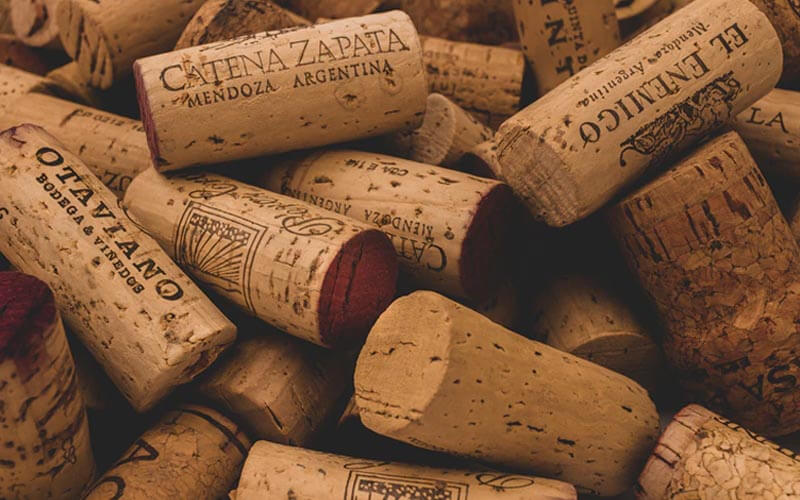
Portugal is the world's biggest producer of cork
Cork is made from the bark of the Cork Oak tree ‘Quercus Suber’, with Portugal being home to the worlds largest cork forest. Not surprisingly, it produces 70% of the world’s cork exports – with its biggest importers being Germany, the UK and the US. Corks are not only used for wine stoppers, but anything from furniture to building supplies and shoe inserts to golf ball cores. You can pick up many keepsakes, such as purses and coasters, from any street market – making it a wonderful souvenir to bring home from Portugal.
Lisbon is older than Rome
Lisbon has been a Portuguese city since 1147, but it’s history predates Portugal by a couple of thousand years. Archaeological finds dating back to 1200BC reveal that the Phoenicians had settlements across what is now Lisbon, meaning Lisbon has been continuously inhabited for over 3,000 years.
It also has the oldest bookstore in the world
Book lovers will delight in a visit to Bertrand Bookstore in Lisbon, which was established in 1732. It’s exterior facade is a spectacular display of mosaic tiles, worth admiring in their own right. But, this is not the only famous bookstore. Portugal also has one of the most beautiful bookstores! Rumor has it that J.K. Rowling’s inspiration to write Harry Potter has begun in Porto, particularly at this bookstore – Livraria Lello.
A Portuguese explorer was the first to complete a full journey around the world
Portuguese explorer, Ferdinand Magellan, is said to have led the first expedition to circumnavigate the globe, although it was actually a Spanish and not Portuguese expedition for which he was seen as a traitor in his home country. He set off in 1518. from shores of Spain with fleet of 5 boats. Sailed West across Atlantic ocean to South America, then across Pacific ocean to Philippines where he was killed in 1521. fighting with native people. There were 2 boats left which split up afterwards. Only one boat reached back to Spain finishing the first circumnavigation of Earth in 1522.
Portugal has the longest bridge in the EU
The Vasco da Gama Bridge in Lisbon is 17 kilometers long, making it the longest in the European Union.

FINAL THOUGHTS
Portugal, whose name seems to be on the tip of everyone’s tongue these days, is just hitting its stride as one of the best vacation destinations in Europe.
The perfect destination for adventurers and families alike, a heaven for road trip lovers and budget friendly. The people are warm, the food is delicious, the sights are breath-taking, the history incredible and all this mixed with the perfect climate, I mean, come on, what is not to love?!
I truly hope that you have enjoyed my ‘Traveler’s Guide to Portugal’ and it helps you to plan your perfect DIY visit. If it is not obvious yet, you should know that I absolutely adore Portugal and it will always hold a very special piece of my heart. It is one of the most enchanting countries, where many tourists have also left a piece of their heart – will you be next?
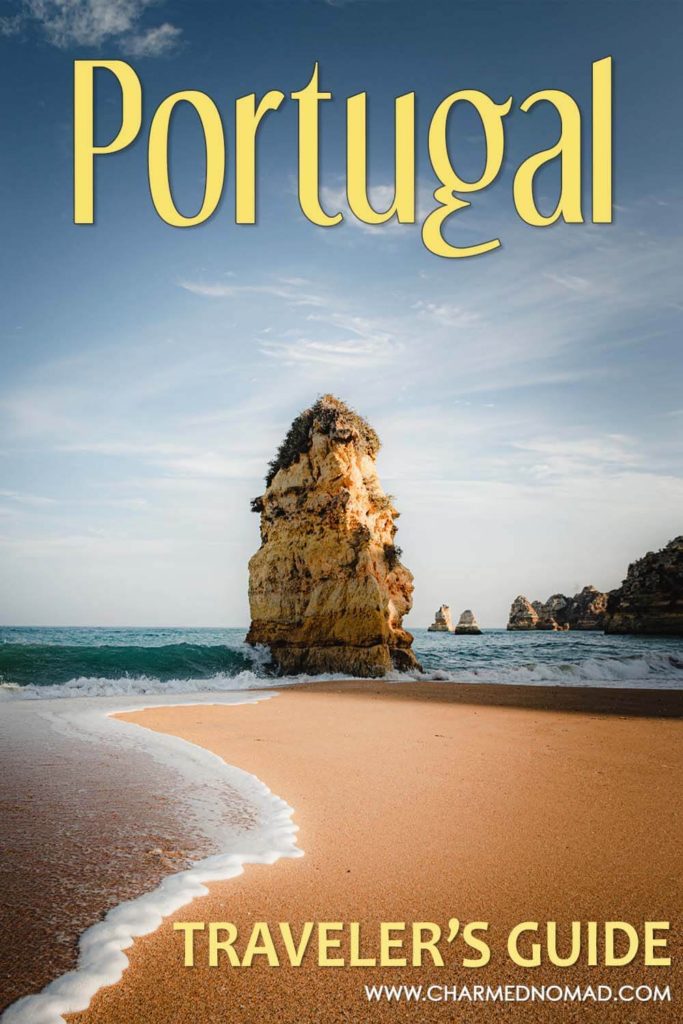

To see where I am in the world today and for more travel inspiration and tips; FOLLOW ME on Instagram, Facebook, Pinterest or join The Charmed Nomads private community Facebook Group.
Share it if you like it 😉

Hi, my name is Emma and I’m so happy to see you here. I hope to provide you with valuable information, travel ideas and inspiration. It’s an amazing world out there and I want to help you discover the very best of it!

If you would like to keep up with my latest blogs, exclusive tips, discounts, giveaways and more.







